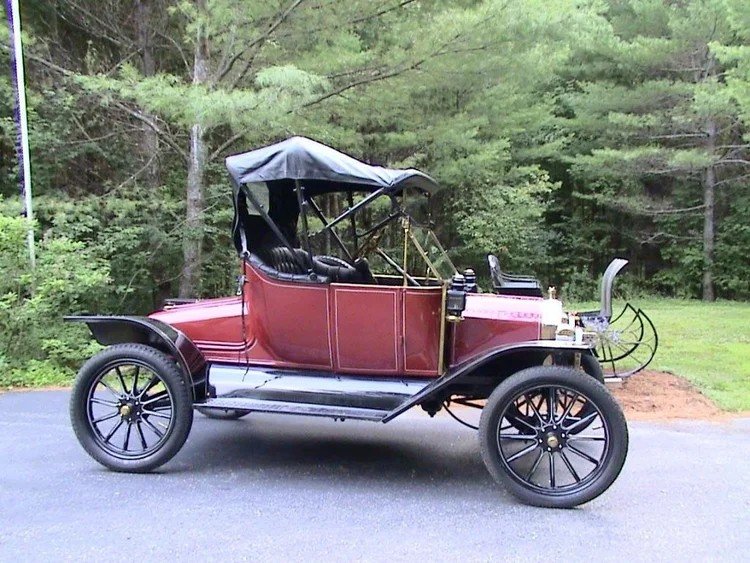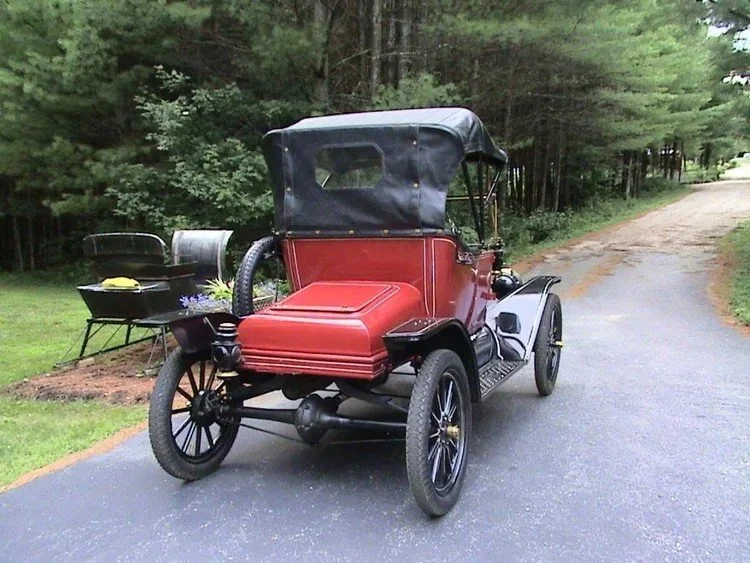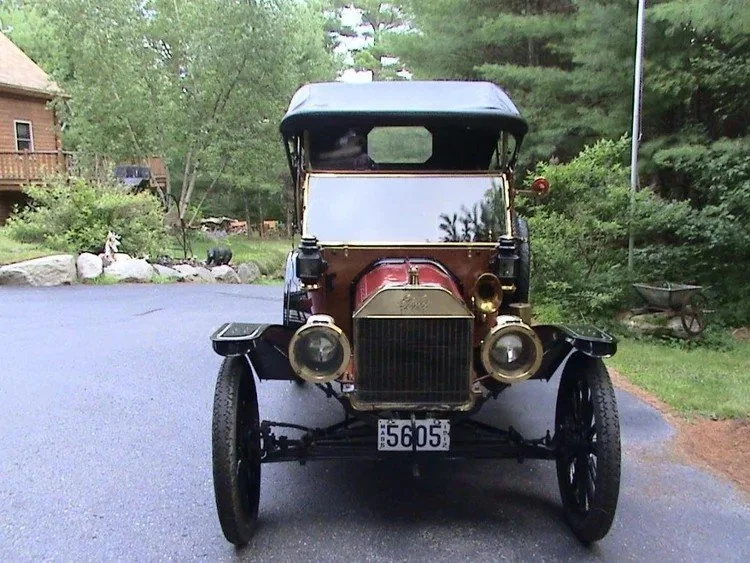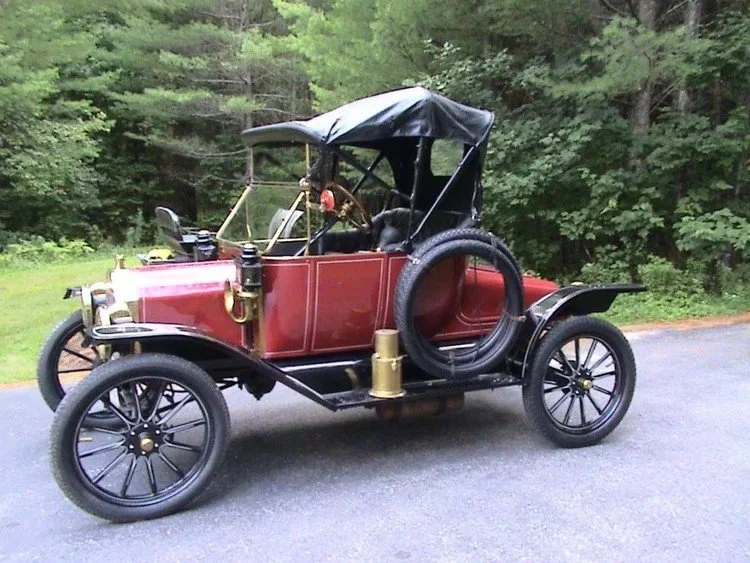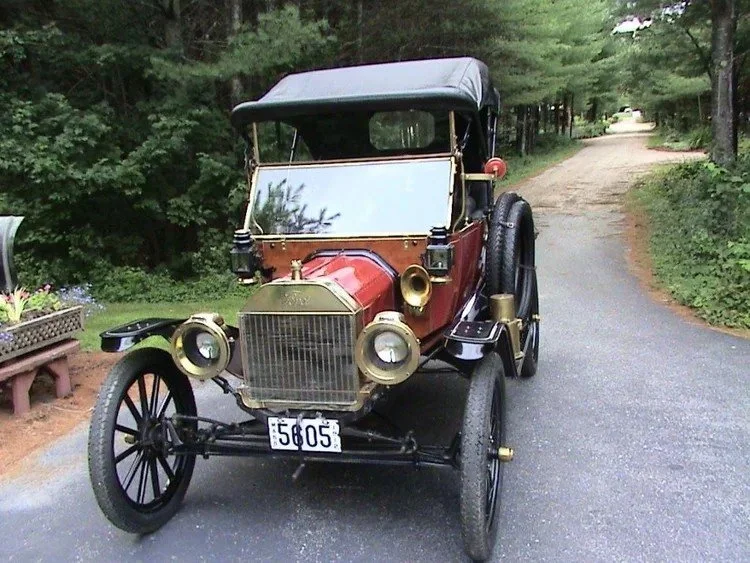Automobiles Through the Decades - 1910 to 1920: America Gets Its Wheels
Over the next several months, we will embark on a century-spanning journey through the Tucson Auto Museum’s collection. Each decade from 1910 through 2010 will be examined to answer one of automotive history’s most puzzling questions: Did society shape the car, or did the car shape society? I’ll give you a little hint—the answer is both, and the story of how is more fascinating than you might expect.
TAM’s 1913 Model T
In the second decade of the 20th century, America was quite literally on the move. From dirt wagon tracks to the beginnings of a national highway system, a growing population was discovering the freedom of the open road. At the heart of this transformation stood one car: the Ford Model T. The 1913 Touring car in our collection is proudly displayed at the Tucson Auto Museum (TAM). It is more than just a vehicle; it is a rolling artifact of how the automobile reshaped American life.
This pioneering vehicle wasn’t just a car; it was a machine designed for accessibility. When Henry Ford implemented the moving assembly line in 1913, the price of the Model T dropped significantly, putting car ownership within reach for many working Americans. Ford's system transformed car manufacturing from a craft into an industry, reducing production time from half a day to just 1 1/2 hours. TAM’s example reflects this simplicity—an engineering philosophy that helped democratize travel.
While the Model T made ownership possible, its success wasn’t just about affordability. Standardized gasoline-powered internal combustion engines had by then proven superior to steam and electric rivals, thanks to their greater range and convenience. Innovations in ignition systems, multi-cylinder layouts, and improved carburetors made cars more dependable, and the Model T benefited from every bit of that progress.
With more Americans climbing behind the wheel, ride comfort became important so that Americans would enjoy the drive and use them regularly. Pneumatic tires—air-filled rubber marvels—replaced solid wheels. Suspension systems, including early versions of shock absorbers and trusty leaf springs, did their best to keep passengers comfortable on often-unpaved roads. Alongside the scarlet Touring car, the Museum’s early vehicles reflect a moment when cars were transitioning from daring adventures into daily tools.
As Americans embraced their newfangled machines, society scrambled to create rules for this brave new world. As cars became a fixture of American life, towns and cities grappled with an entirely new set of challenges, “The Rules of the Road”. Imagine a world in which there are no stop signs, no traffic lights, and no speed limits. This was the world before 1910. All these things and more had to be developed to regulate the automobile. These early steps foreshadowed the more sophisticated road rules to come, as society raced to keep up with its new machines.
And race it did. In 1913, there were about 1.3 million vehicles on American roads; by 1920, that number had exploded to over 8 million. The cultural and logistical impact of this boom was staggering. Roads were improved, thanks in part to the “Good Roads Movement,” which was supported by automakers and bicyclists alike. With the growth of car dealerships, financing plans emerged, fostering a true consumer marketplace for vehicles. Through the lens of TAM’s early automobiles, particularly this Ford icon, visitors can trace not just mechanical innovations, but the beginnings of a cultural transformation.
Yet not all the changes were positive. As cars proliferated, so did accidents. Between 1910 and 1920, child fatalities from automobile accidents were alarmingly common. Though exact statistics are difficult to come by, studies show that in cities like New York and Chicago, automobiles quickly became a leading cause of death among children. In the absence of modern traffic laws and pedestrian safety measures, young lives were often lost in tragic encounters with the new machines barreling down city streets.
Amid these sweeping societal shifts, the Model T’s design was evolving too, but not always in the way people expect. The myth that all Model Ts were black stems from the period between 1914 and 1926, when Ford limited paint options to black. The reason for the change to all black only is debated in history. The commonly accepted reason is that black was the only color that dried fast enough to keep up with the assembly line. This makes sense from a timing perspective. But cost of the paint, operation efficiency and durability are also potential reasons for the limitation after 1914. Earlier models, including the Tucson Auto Museum’s 1913 Touring car, came in a variety of colors. Ours is red, which is likely NOT the original color. The only standard color available in 1913, a year before the black-only mandate was handed down, was a dark blue. While a few T’s went to market dressed in other colors that year, it is unlikely ours was originally red. Prior to 1913, red, green and gray were common.
Taken together, these innovations and transformations represent more than a leap in transportation technology. They tell the story of America coming into its own, one wheel at a time. And the next time you see TAM’s scarlet Touring car gleaming under museum lights, remember you are not just looking at a car, but at the nation’s first steps toward modern mobility and those steps would soon break into a full sprint in the decade to come.

